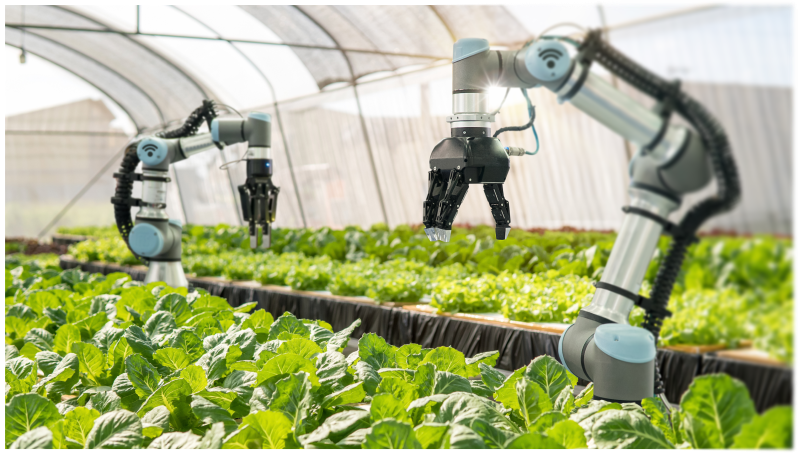By Evan Ramzipoor, Workflow contributor
What’s keeping IT leaders up at night? For many, it’s the challenge of solving real business problems with efficiency, speed, scale, and security.
That's why autonomous IT is a gamechanger. By automating routine tasks and enabling intuitive, always-on systems, it gives IT leaders and their teams more time to focus on strategic transformation and innovation—so they can spend less time reacting to today’s problems and more time driving the enterprise of tomorrow.
As ServiceNow’s Chief Digital Information Officer, Kellie Romack is leading the charge, putting AI to work across the business with autonomous IT as the core of her strategy. But what exactly is autonomous IT? And how are today’s leaders leveraging it to foster resilience, drive innovation, and deliver success? Here’s what Romack has learned.
Related



